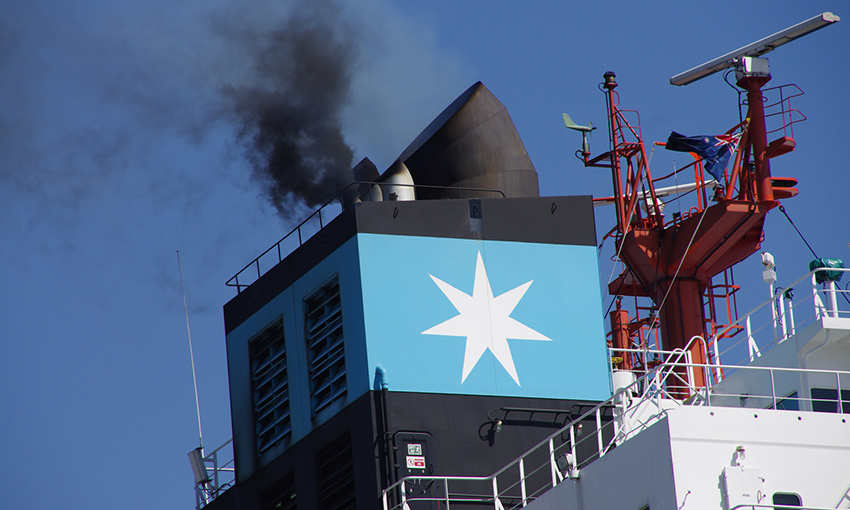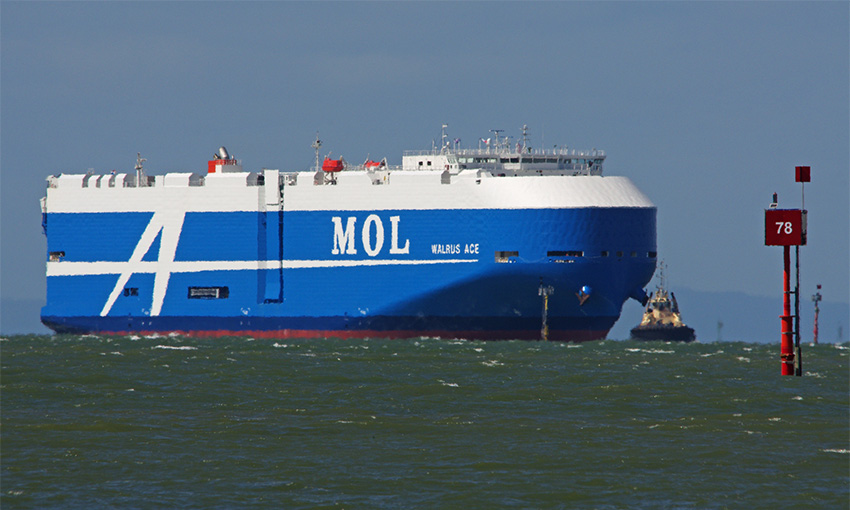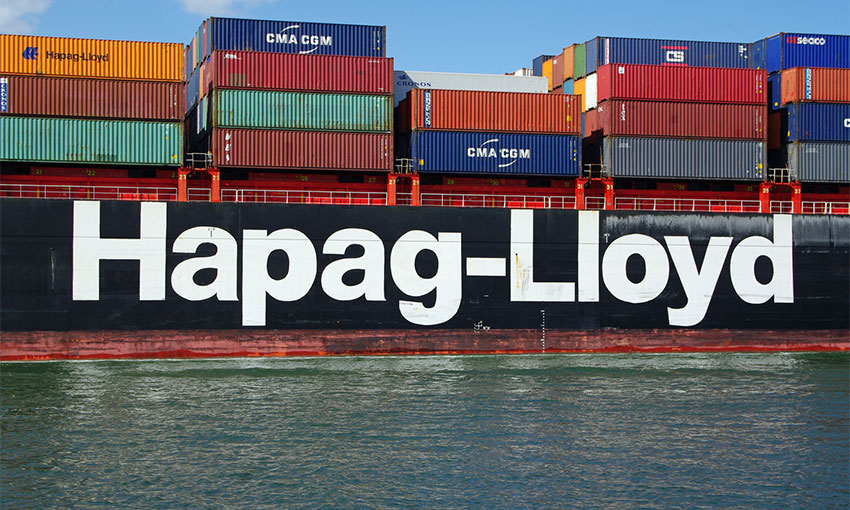A EUROPEAN non-government organisation campaigning for cleaner transport has claimed four leading container lines are exploiting customers via the EU’s emissions trading scheme (ETS).
Transport & Environment (T&E), a non-profit NGO based in Brussels, this week released analysis that concludes Maersk, MSC, CMA CGM and Hapag-Lloyd are “profiteering” from the EU’s carbon market.
T&E says a sample of more than 500 journeys to and from European ports shows that in nearly 90% of cases, shipping companies are charging customers more than the actual costs of the EU ETS. It claimed in one extreme case, Maersk would likely make more than €300,000 extra off a single voyage. (This has been roundly denied by Maersk, which claimed T&E was using out-of-date figures).
The world’s first carbon market for shipping came into force on 1 January this year. In response shipping companies have levied an ETS surcharge which is paid by the customer. In 2024, ships will only have to pay for 40% of their emissions. This increases to 70% in 2025 and 100% in 2026.
T&E says port evasion – the act of circumventing the carbon market – should not be used as an excuse to scale back the ETS. Far from avoiding the ETS, shipping companies appear to be profiting from it.
Jacob Armstrong, shipping manager at T&E, said: “Shipping giants appear to be ripping off customers by using environmental measures as a way to charge customers more. Whether it’s disruption in the Red Sea or a new carbon price, shipping companies always win. Southern European governments are warning that the ETS will cost them business by ships evading their ports, but why would they if they’re making money from it?”
T&E’s investigation looked at 565 journeys from 20 different ships from each of Europe’s four biggest shipping companies: Maersk, MSC, CMA CGM and Hapag-Lloyd. Maersk is estimated to make the largest surcharge profits on average at €60,000 per voyage, followed by MSC (€25,000), Hapag Lloyd (€23,000) and CMA CGM (€14,000)[1]. While the individual profits for each voyage are not always that high, for carriers with hundreds of vessels this represents millions in surcharge profits every year, T&E claims.
“Shipping costs have such a marginal impact on the final costs of goods, meaning the shipping companies can get away with charging extra costs,” Mr Armstrong said. “As previous T&E studies show, even the most ambitious climate measures would add just cents to most consumer goods like a bunch of bananas, a pair of trainers or a television.
“In one example analysed by T&E of routes taken by French shipping company CMA CGM from Asia to Europe, the cost of the ETS represents less than 1% of the price of a container. Their Red Sea surcharge, on the other hand, makes up nearly 18% of the total container cost.
“Economies of scale mean the shipping business can absorb pretty large price shocks. The Red Sea disruption is pretty much as bad as it gets and global trade still hasn’t ground to a halt. The ETS is peanuts in comparison. Cost is not a barrier to shipping decarbonisation when the most ambitious green measures would add just cents to most consumer goods.”
In a statement, Maersk told The Loadstar “We find it positive that the analysis demonstrates that there is a competition between shipping companies when it comes to the EU ETS cost. Overall, the analysis lacks many of the factors that affect EU ETS costs for shipping companies and therefore the surcharges. The methodology underpinning the analysis is flawed, which in turn leads to inaccurate conclusions that do not reflect reality in our industry.”





